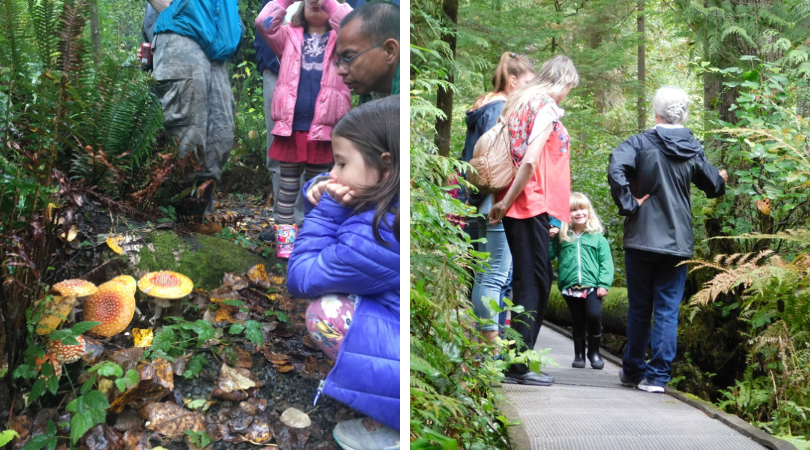
by Shadow Habitat | Jan 12, 2021 | Science Communications
Noise pollution from vehicles, machinery, and construction impacts people and wildlife alike. Sound pollution can cause stress, nervous disorders, insomnia, increased blood pressure, and hypertension in humans. Research has also found that these noises interfere with...

by Shadow Habitat | Dec 12, 2020 | Science Communications
As marine mammals, harp seals have developed strategies to survive changes in resource availability, but if essentials to live are made even less available due to climate change, it is not certain if these earless creatures will be able to cope. Seals use seasonal ice...

by Shadow Habitat | Nov 10, 2020 | Native animals, Science Communications
The Pacific Northwest supports biodiverse and rich ecosystems, but without a unique group of fish these habitats would not be the same. Over 137 species rely on the lifecycle of mighty Pacific salmon. Each of the...

by Shadow Habitat | Oct 23, 2020 | Science Communications
As temperatures begin to cool and the days get shorter, leaves on deciduous trees begin to change colors. But why? There are several hypotheses for this phenomenon, but it is likely a chemical reaction that is triggered by the amount of daylight the plant is receiving...

by Shadow Habitat | Sep 14, 2020 | Science Communications
The world is replete with people who want to improve the ecological integrity of our environment, but how can we achieve that? There are many areas of concern like air pollution, conservation of natural resources and habitat, food distribution and waste; the list goes...

by Shadow Habitat | Aug 25, 2020 | Science Communications
At night, bats take over as pollinators and some plants rely on them to reproduce, but we don’t know everything about them. It may be commonly said that they carry rabies, but how many actually do? In a study by Jesse Bonwitt, Hanna Oltean, Misty Lang, Rochelle...









Recent Comments